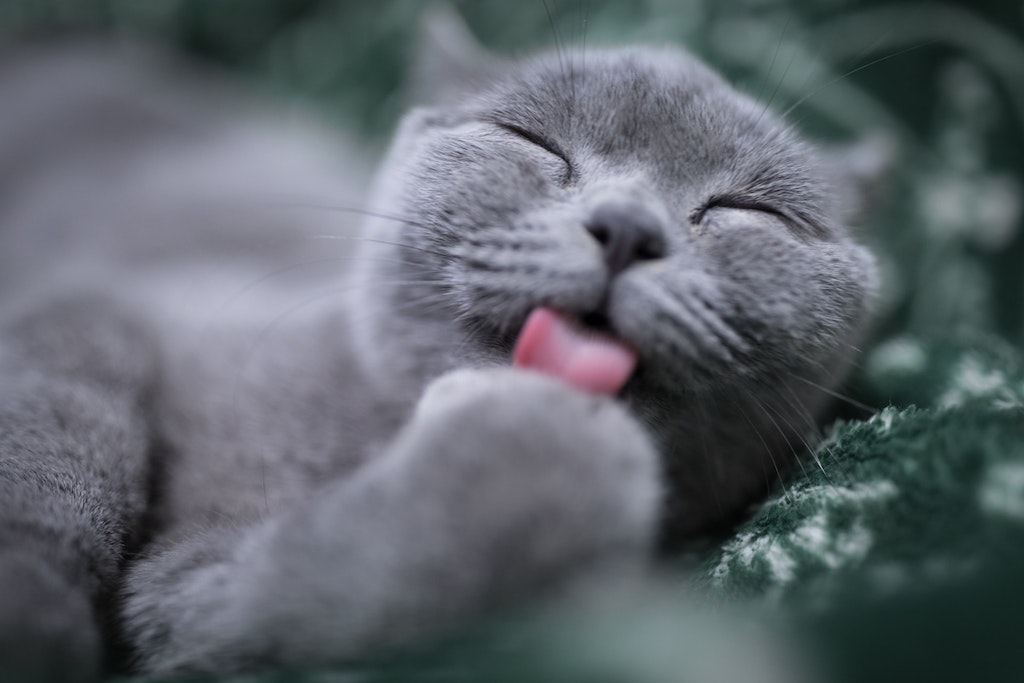Your four-legged furry friend is one of the most resilient creatures on the planet. Yet, even they can’t prevent some illnesses that overwhelm their system, such as diabetes, which is actually quite common in cats. Diabetes, also known as Diabetes mellitus in cats, is a common disease that affects between 0.2 to 1 percent of the general feline population.

What is Diabetes in Cats?
As humans, diabetes in cats occurs when the body can no longer appropriately respond to or produce the hormone insulin. As such, the body starts experiencing increased levels of glucose sugar. Glucose in their bloodstream builds energy.
But without insulin to counteract its release and absorb glucose to send it to different parts of the body, they start experiencing elevated glucose concentration levels, which sits in the bloodstream. And because the body doesn’t receive its daily dose of glucose, it starts using protein and fat. That causes a range of health problems as they begin losing weight and muscle mass.
Keep in mind, cats—despite their lazy nature—are active creatures who need energy and fuel. Without the excess energy, muscle mass, and body elasticity, they start getting sick.
Diabetes in cats is similar to diabetes in humans. They, too, experience two types of diabetes.
Type I diabetes occurs when the body produces lower levels of insulin, causing glucose levels to rise.
Type II diabetes occurs when the body doesn’t respond appropriately to the insulin, causing blood sugar levels to increase.
Most cats suffer from Type II diabetes rather than type I.
What Causes Diabetes in Cats?
Diabetes in cats is quite similar to how diabetes occurs in humans.
This disease occurs when abnormalities in the pancreas hinder insulin production. These abnormalities also cause insulin resistance, which makes body tissues respond less to the insulin produced.
Unlike humans though, veterinary research hasn’t precisely narrowed down the cause of diabetes in cats. However, they have confirmed that cats may experience diabetes due to a primary disease or reaction to a form of drug therapy.
Various endocrine diseases, such as hyperadrenocorticism (Cushing Disease) or acromegaly, can disturb the body tissue’s response to insulin. That, in turn, causes diabetes. The same can happen because of drug usages, such as high doses of progesterone drugs or corticosteroids.
What are the Symptoms of Diabetes in Cats?
Several symptoms of diabetes are similar to those caused by other diseases, so you may need to vigilant. Symptoms include:
- Vomiting
- Lethargy
- Weakness
- Frequent urination
- Increased appetite and thirst
- Susceptibility to infections
- Sunken back legs
- Change in walk
- Problems jumping
Additionally, one of the most common symptoms in cats with diabetes is weight issues, such as increased weight or weight loss. Because of their sedentary lifestyle, your cat may become overweight. However, weight loss is more likely. In both types of diabetes, the body becomes starved of energy because it cannot get the glucose it needs. Thus, it starts feeding off the protein stores and muscle mass in the cat’s body. But because of that, your cat starts losing weight quite rapidly.

Their coat deteriorates, and they become excessively thirsty. They start feeling weak and cannot live the same quality of life as they did before. As a result, their health suffers. And the diabetes condition damages their health further.
How Do You Diagnose Diabetes in Cats?
Symptoms of diabetes in cats are so similar to that of other diseases. So, you won’t be able to come up with a diagnosis until you get a certified veterinarian involved.
The vet will likely ask for urine and blood samples, through which they will test glucose concentrations as well as fructosamine concentration. They will also ask about any visible symptoms you may have noticed. If the cat’s condition is severe and is experiencing uncontrolled diabetic symptoms, the vet will also check the cat’s hind legs, which experience nerve damage caused by the diabetes.
Additionally, your cat may also be at risk of getting diabetes if they are suffering from other risk factors. For example, if your cat is middle-aged, obese, physically inactive, neutered, or of the male gender, they may likely have diabetes. Also, cats from certain breeds such as the Burmese breed may be at a higher risk of getting diabetes, so you will need to be cautious of their health.
Considering all these factors, along with the blood test diagnosis, your veterinarian may conclude diabetes as the main issue.
How Do You Treat Diabetes in Cats?
Post-diagnosis, your veterinarian will provide a lengthy prognosis for your cat.
Your goal will be to minimize the impact of your cat’s diabetic condition as much as possible. It will involve minimizing their increased need for water, their need to urinate. You’ll also want to maintain their weight loss and normalize their regular appetite. But primarily, your objective will be to restore their average blood glucose levels and avoid any situation in which their blood glucose levels would be affected through other forms of therapy.
To counteract their diabetic condition, your vet will provide the following treatment option:
Insulin Therapy
Like humans, your cat will also need to be treated with injectable insulin. Unfortunately (or fortunately for your cat), you will not need to give them any oral medication that so easily works for humans.
The vet will teach you the right technique to give your cat the insulin injection, which will become more comfortable with experience. Your cat will also adapt to their injections after some time. To ensure the right dosage for insulin, your veterinarian will perform the 12hr–24hr glucose curve, through which they’ll measure the type of dosage they need and with what frequency. Once that’s done, your vet will provide a complete timetable about how you’ll need to administer your cat’s dosage.
Dietary Control
Alongside, your veterinarian will also provide some extensive information for your cat’s diet since you will need to restrict their carbohydrate intake. Since you’ll need to counter your cat’s weight loss, you will need to provide them several meals and healthy treats during the day.
However, if your cat is obese or overweight, the vet will recommend a weight loss program, through which you will be able to help your cat lose the extra weight while maintaining their glucose levels.
How Do You Care for a Cat with Diabetes?
Aside from the loads of hugs and kisses you’ll likely shower your cat with once you know they’ll be okay, we recommend following some small instructions while taking care of your furry best friend:

Do Your Research
Diabetes in cats can be challenging to maintain if you’re not fully informed on the various triggers that may impact their blood sugar level. Research well on diabetes in cats, and learn which exercises and dietary adjustments they need to maintain a healthy living style. Also, be prompt with your cat’s veterinary appointment. You’ll want to be sure you’re taking all the steps to keep your cat healthy.
Administer the Insulin the Right Way
Initially, you’ll need to inject your cat with insulin twice a day to control their diabetes, though this frequency may differ depending on their condition.
When administering the insulin, always do so while maintaining the utmost hygiene standards. Schedule each injection at the same time in the day and the night, for example, 7AM and 7PM, after your cat has eaten, every twelve hours. You should dispose of the syringe once you use it and you should be careful when using it. Also, when administering the injection, do not do so in the same spot every time. Changing the site will give your cat’s muscle time to heal.
Finally, after you’ve administered the injection, treat your cat to petting, praise, and a treat (vet-approved), so they can establish a positive connection with their injection.
Final Thoughts
If your cat has diabetes, this certainly doesn’t spell the end for them. Many cats with diabetes live on to have happy lives, right to their old age. So, consider diabetes as a blip on the radar. Maintain communication with your vet about your cat’s condition, and take them to emergency care if your cat looks unwell. Rest assured, you are taking the best care that your cat could ever ask of you!









